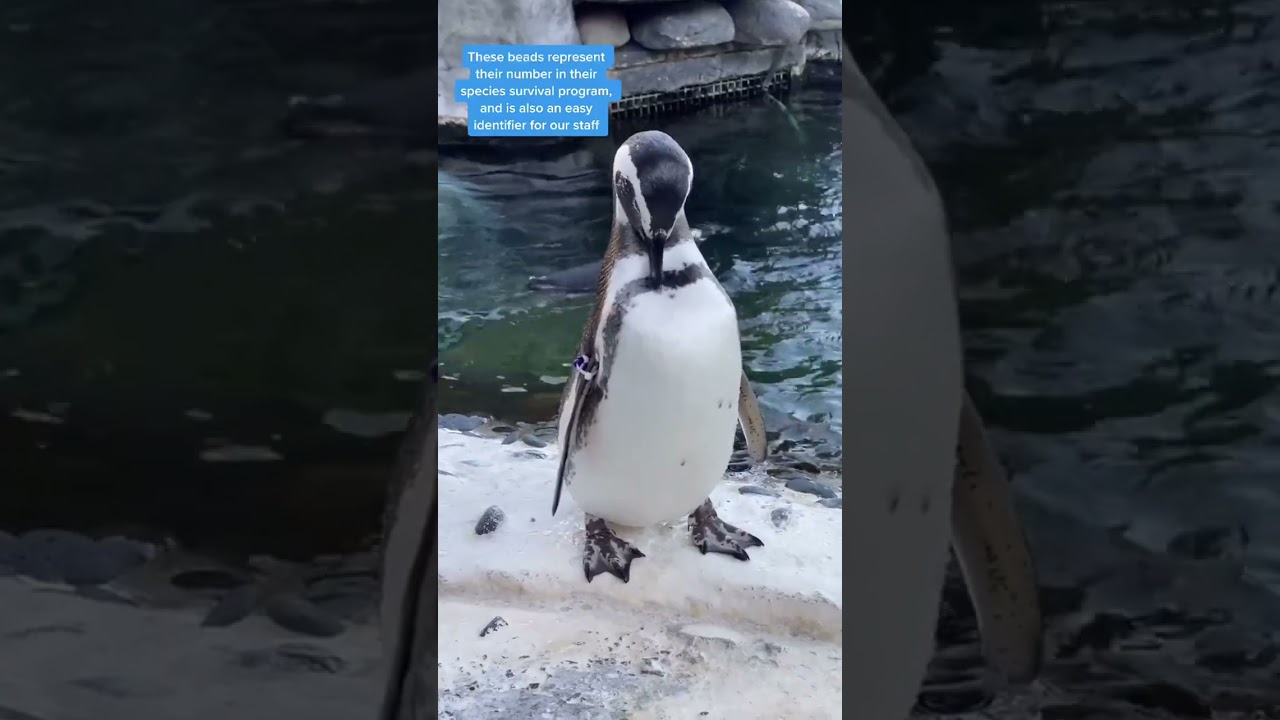- An exploration of the biological and behavioral characteristics of penguins, emphasizing their adaptations to diverse environments.
- Insights into the role of zoo management in promoting the welfare and conservation of penguins, highlighting ethical considerations.
- An in-depth analysis of wildlife conservation strategies aimed at protecting penguin habitats and combating threats like climate change.
Penguins are captivating flightless birds whose life on land and sea fascinates researchers and animal enthusiasts alike. They primarily inhabit the Southern Hemisphere, with species like the Emperor Penguin and King Penguin being notable for their stoic and charismatic appearance. Among their distinct features are strong flippers that aid swimming, enabling them to navigate effectively in aquatic environments.
Biologically, penguins are adapted to thrive in various challenging habitats. Their streamlined bodies and powerful flippers make them adept swimmers, reaching speeds of up to 15 miles per hour underwater. Penguins have a unique counter-shaded body coloration, which provides camouflage against predators. Their dense feathers offer insulation, vital for surviving frigid temperatures in Antarctic regions. Furthermore, penguins have specialized glands that help excrete excess salt from their bloodstream, a crucial adaptation given their saltwater habitat.
Behaviorally, penguins are highly social animals. They engage in large-scale breeding colonies, often containing thousands of individuals. Courtship displays and vocalizations are crucial elements of their reproductive behavior. These calls allow individuals to locate mates and chicks amidst crowded colonies. Parenting duties are equally shared between males and females, with both participating in incubating eggs and feeding chicks.
Zoo management plays a pivotal role in the preservation and well-being of penguins. Modern zoos aim to create environments that closely mimic penguins’ natural habitats, promoting normal behavior and minimizing stress. Advanced filtration systems are employed in penguin exhibits to recreate the clean, cold water they require for optimal health. Access to large swimming areas and substrates that facilitate natural behaviors, such as nesting, are prioritized in exhibit design.
Moreover, zoos play a key role in educating the public about penguins. By offering captivating and informative presentations, zoos raise awareness about the challenges these birds face in the wild. This educational aspect is integral to fostering public interest in conservation efforts. Ethical considerations are always at the forefront, with zoos adhering to guidelines that prioritize animal welfare and conservation.
Wildlife conservation strategies are crucial in mitigating the myriad threats penguins face in their natural habitats. Climate change, which results in rising temperatures and melting ice, is leading to habitat loss, particularly for species that rely on sea ice for breeding and hunting. Additionally, overfishing depletes the penguins’ primary food sources, jeopardizing their survival.
Conservationists employ several approaches to counter these threats. Protecting critical habitats through the establishment of marine protected areas is one effective strategy. By enforcing stricter fishing regulations, authorities aim to sustain fish populations that penguins and other marine life depend on. Conservation programs also focus on research and monitoring, using technology like satellite tracking to gather data on penguin movements and behavior.
Public engagement plays a vital role in conservation success. Media campaigns and educational initiatives strive to inform and motivate people to support environmental policies that benefit penguins and other vulnerable wildlife. By fostering a deeper understanding of the importance of biodiversity, conservation efforts seek to inspire collective action aimed at preserving our planet’s precious ecosystems.
The focus on penguin conservation underscores the broader mission to protect wildlife and habitats in an era of significant environmental challenges. Penguins serve as important indicators of ocean health, reflecting broader ecological conditions. By dedicating concerted efforts to their conservation, scientists, governments, and the public alike contribute to broader ecological preservation, ensuring the legacy of these extraordinary birds for future generations.
*****
Source Description
| 🐧


